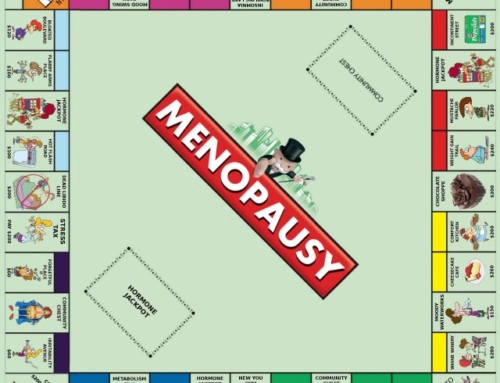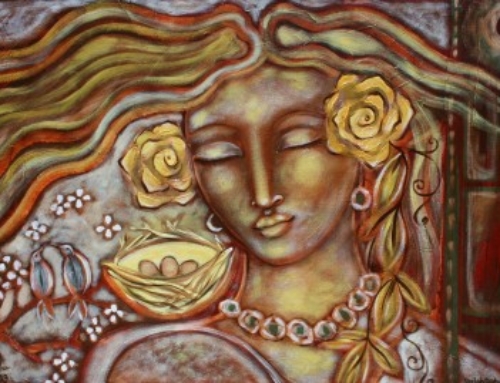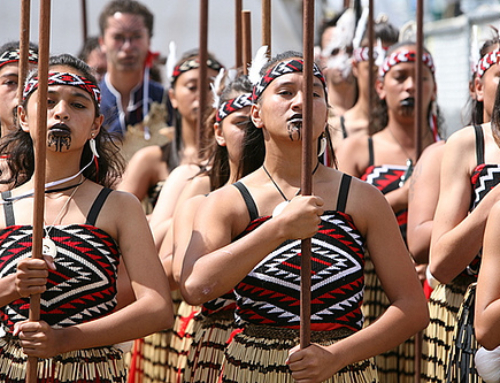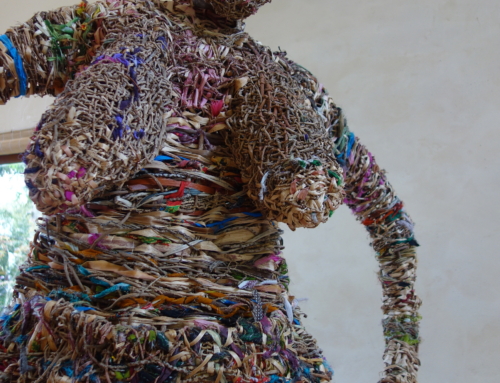 Traditionally holistic healing practices have always included the natural environment for diagnostic and prescriptive purposes: the weather and seasonal changes; and the moon and planetary influences (less obvious in our electric indoor modern lives). Ayurveda, Traditional Chinese medicine, homeopathy, all take into account the season, the local weather, and individual needs in their health directives for body, mind and spirit.
Traditionally holistic healing practices have always included the natural environment for diagnostic and prescriptive purposes: the weather and seasonal changes; and the moon and planetary influences (less obvious in our electric indoor modern lives). Ayurveda, Traditional Chinese medicine, homeopathy, all take into account the season, the local weather, and individual needs in their health directives for body, mind and spirit.
It’s summer in Australia. Temperatures are in the high 30’s or low 40’s C. (over 90 degrees F.) Here in the rainforest the humidity is sometimes over 80%. Any strong physical yoga practice undertaken after 7 am or before 7pm is a sweaty detox guaranteed to leave you swimming on your mat!
But generating my inner heat is not how I want to begin my day in the height of summer. Instead a restorative yoga practice will nourish my organs, improve my mental focus, and relax my body to not be depleted by the heat.
Whether you normally practice morning or evening, or both, a restorative practice will give you the internal nourishment and sustenance needed for the day ahead, or create the centred relaxation to assist your sleep on a hot, sticky night.
The last few days have also been the darkest days of the lunar month.
“A disease can only take hold in a woman when her Shakti is depleted and her rhythms are out of sync with mother moon.” — Sri Swamini Mayatitananda
Holistic modalities acknowledge the potency of astrological influences and recommend aligning oneself with the natural cosmic cycles to support our endeavors. The dark moon indicates a time of retreat, an incredibly open psychic time that deserves due respect, a time of slowing down, reflecting, cultivating an inner quiet. In many ancient cultures the moon was known to be female, governed by the feminine principle of receptivity, since the moon only receives and reflects the sun’s light. And the moon is cyclical, like the tides and the female menstrual cycle. It has been said that the ancient women trained in the Women’s Mysteries could feel the turn of the tide in their wombs even far away from the sea.
Some yoga traditions refrain from asana practice within 48 hours of the dark or full moon, a time when energies are easily dispersed, minds less focused and injuries more likely. Instead the powerful moon days of dark and full offer us a time to meditate, recharge the batteries and build our inner balance.
If you choose to do hatha yoga in nature’s quiet times, restorative asanas revitalize organs, allow the body and mind to deeply relax, and bring balance into the body on a deep inner level. Restorative yoga is based on total relaxation. Blankets, bolsters, and blocks are used generously to allow you to deeply let go in each pose. Sometimes the use of so many props may seem cumbersome or distracting getting in and out of postures, so take your time. Once you are in the postures stay there for a minimum of three minutes. Should you feel any discomfort or efforting, readjust props to remove any strain. Restorative yoga is designed to release stress, breed patience and calm the spirit. All of the postures below are suitable for menstruating women, but only do what feels right for you.
Shakti Bhakti Restorative Series
Supta (Reclining) Supported Bodha konaasana-
Supported* Child’s Pose ~ Balasana
Supported* Pigeon -Salamba Kapotasana
Supported* Janu Sirsasana
Supported* Upavishta Konasana- supported wide angle pose
Viparita kirani (legs up the wall)
Supported* Relaxing Twist
Nadi Shodhana Pranayama – Alternate Nostril Breathing
Supported Savasana- Corpse pose
*supported refers to the use of ample props







thank you Moana…will give this a go 🙂 x
Great! i would love to hear how your body responds to this practice. Hope your health is improving.:)